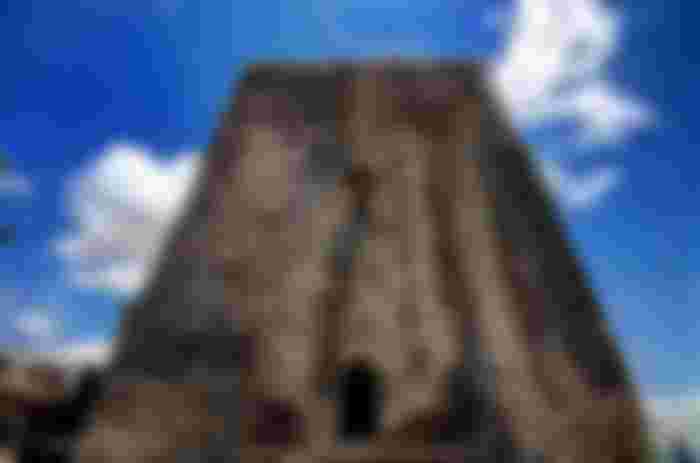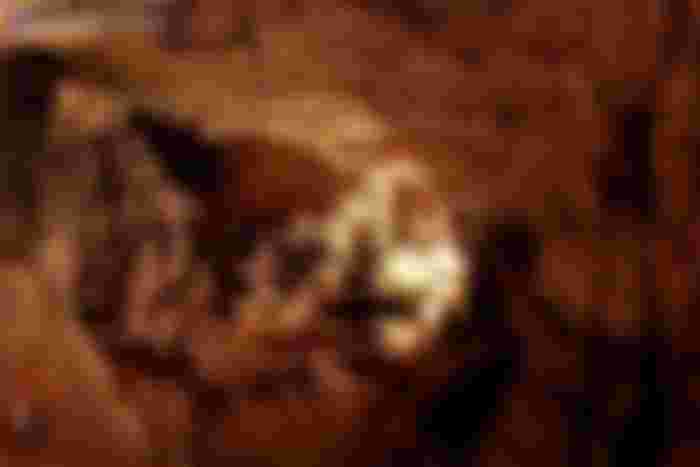The city of Safita
The city of Safita is one of the coastal cities of Tartus Governorate, located in the northwest of Syria, where it forms the northern part of Tartus Governorate, and is distinguished by its very beautiful nature, as it overlooks mountains and forests on all sides, as the German doctor and politician Klaus Fuchs said about it, when he visited and was dazzled ; "There is nothing in Switzerland more beautiful than what is found in Safita, nor in its natural landscapes and clean air."
The designation of the city of Safita
There are many opinions about the origin of the name of the city of Safita, as there are contradictions between being Syriac, Hebrew, Phoenician and Aramaic, as in Syriac it means clear or healing air or purity of life, while in Hebrew it means the castle, and in Phoenician and Aramaic it means the high smooth rock.
The geographical nature of the city of Safita
The city of Safita is located in the southern part of the mountains of the Syrian coast, at a great height above sea level, with a height of 380 meters, which allows its inhabitants to see from it areas located in Lebanon itself; Such as: the mountain range of Lebanon and the city of Tripoli, and even the viewer can see from it the Mediterranean Sea, which is located 27 km from it.
Administrative division and population in the city of Safita
The city has a population of 40,000 people, and many villages follow it: the village of Manzala, the village of Ruwaisa al-Mandara, the village of Mandara, the village of Imran Zina, the village of Risha, the village of Tal'a, the village of Amoudi, the village of Sweidah, the village of Dahr Al-Bayatara, the village of Marj Diab, and the village Karama, and the village of Hanjour.
Economic activity in the city of Safita
As a result of the ancient history of the city of Safita, in addition to the abundance of rainy seasons, which are estimated at 1000 millimeters per year, it is considered a tourist and agricultural city at the same time, in addition to that agriculture is the main resource for the residents of Safita, and it has a permanent crop of olive trees, which gives Safita the advantage of producing oil. The good olives, which are famous all over Syria, as for the seasonal crops of Safita: vegetables, citrus fruits, almonds, figs, nuts, and vine.
Archaeological areas in the city of Safita
Safita Tower
It is considered one of the most important archaeological monuments in the city of Safita, and its historical symbol, which was written about by a writer pilot who is the son of the city of Safita. In the northern part of the city, it is surrounded by two walls: the first is torn by battles and the second by houses destroyed, yet it still appears to dazzle people.
The Safita tower rises 441 m from the sea level, and its length is 30 m.It is considered one of the remaining towers of a huge castle that was located in the center of the city, which was built during the era of the Crusades, and was called the White Castle.

Hosn Suleiman
Hosn Suleiman is located near the summit of Nabi Saleh, which is one of the mountain peaks overlooking the city of Safita, in addition to Jabal al-Nabi Matta with more than 300 springs, and Mount Nabi Zahir
The Arameans established this fortress to escape the attacks of the Assyrians, then the Seleucids renewed it and dedicated it to worshiping the god Baal-Zeus, and then a church was built in it during the Byzantine rule.
The name of Hosn Suleiman is due to the huge stones from which the fort was built, which dazzled the locals, and made them not believe that humans had built it, and they thought that the jinn of the Prophet Solomon were the ones who built the fort, especially since the fort is standing at a height of up to 950 meters above sea level.

The Cave of Tires
It was named by this name because its roof has holes that illuminate the entrance to the cave, where the duets are considered to collect light in the Syrian vernacular, and the length of the cave reaches several kilometers under the ground, and its visitors can see the limescale deposits of ascending and descending shapes, which make an amazing and charming scene.
The Cave of Dawaya is one of the oldest caves discovered in Syria, and it is believed to be one of the oldest in the world, with an estimated age of more than 70 million years.




I'm frome hanjour 👍